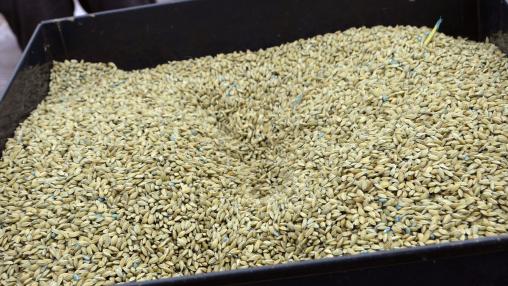Honduras: Acute Food Insecurity Situation for December 2024 - March 2025 and Projections for April - July 2025 and August - November 2025
In the first projected period, from April to July 2025, despite a slight improvement, the situation remains similar for an estimated 1.7 million people (17 percent of the population), who are likely to face high levels of acute food insecurity (IPC Phase 3 or above), with at least 92,000 people expected to be in Emergency (IPC Phase 4). During this period, while the dry season may be stimulating tourism in some parts of the country and food inflation shows signs of stabilisation, agricultural households are anticipated to face hardship due to depleted food stocks during the lean season. Moreover, the potential suspension of projects funded by USAID may negatively impact key sectors such as education, health, and migration, further increasing the vulnerability of the population.

Food and Nutrition Security Among Multiple Factors Behind Child Migration to the US
Child migration from Central America to the US can be attributed to different socioeconomic factors depending on the point of origin, demanding tailored multisectoral domestic solutions.

Nutritional Impacts of Rising Food Prices
2006-2008 saw dramatic increases in the price of many staple food items, particularly maize, rice, and wheat. These staple commodities form the bulk of the diet of the world’s poor populations, many of whom spend over one-half of their income on food. The result in many areas of the world was worsening poverty for already poor populations due to a decline in purchasing power. While much attention has been given to the economic impacts of the rise in food prices, little empirical research has been conducted to examine the nutritional impacts of the food crisis.